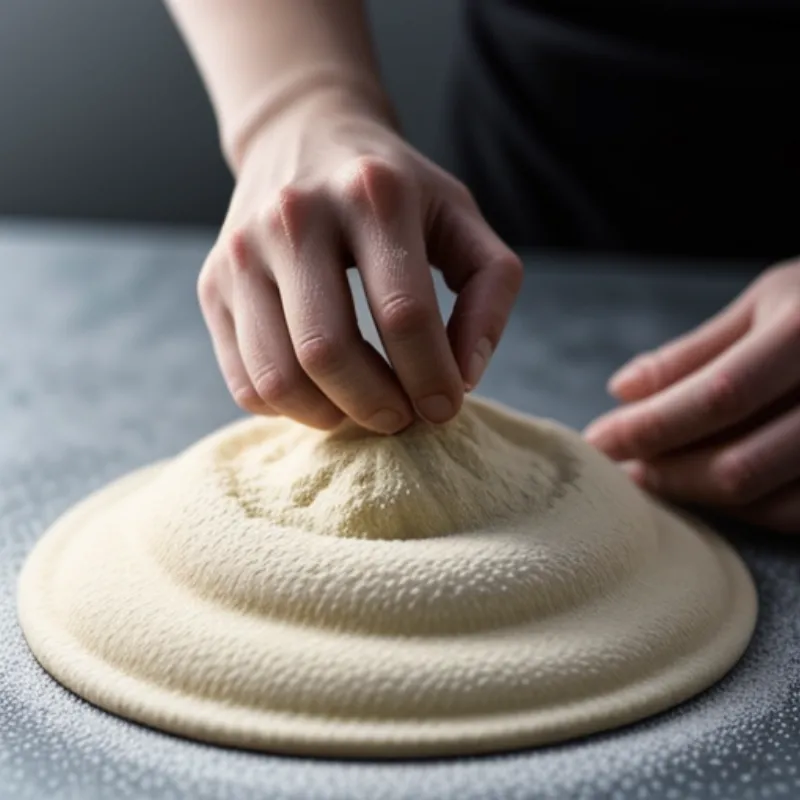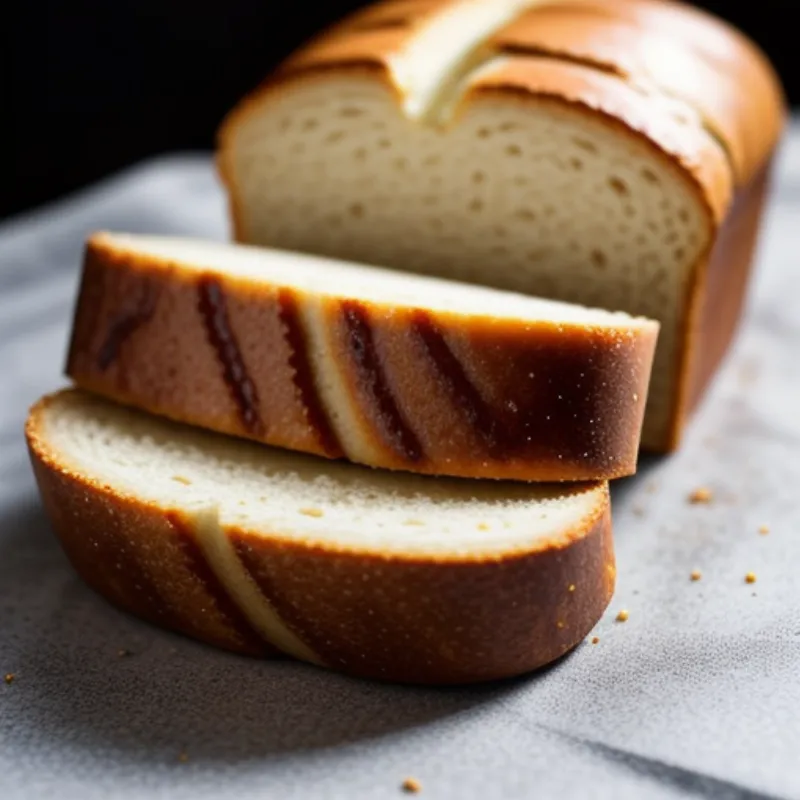Brioche – the word itself sounds like a delicate whisper of buttery goodness, doesn’t it? This French bread, with its beautiful golden crust and rich, tender crumb, is the epitome of breakfast luxury. Whether you’re a seasoned baker or just starting your bread-making journey, this guide will equip you with everything you need to know to make brioche like a pro.
What is Brioche?
Originating from Normandy, France, brioche is a viennoiserie – a type of pastry that uses yeast for leavening but incorporates generous amounts of butter and eggs to achieve its signature richness and tenderness. This decadent bread boasts a fine, almost cake-like texture that sets it apart from your everyday loaf.
 Making Brioche Dough
Making Brioche Dough
Ingredients for Baking Brioche
For the dough:
- 1 packet (2 1/4 teaspoons) active dry yeast
- 1/4 cup warm water (105-115°F)
- 1/4 cup granulated sugar
- 4 cups all-purpose flour, plus more for dusting
- 1 1/2 teaspoons salt
- 4 large eggs, at room temperature
- 1 cup (2 sticks) unsalted butter, softened, cut into cubes
For the egg wash (optional):
- 1 large egg yolk
- 1 tablespoon water
Equipment You’ll Need
- Stand mixer (highly recommended) or a large bowl
- Plastic wrap
- Dough scraper
- 9×5 inch loaf pan
- Pastry brush (for egg wash)
Step-by-Step Guide to Making Brioche
1. Activate the Yeast
In the bowl of your stand mixer, combine the warm water and yeast. Sprinkle the sugar on top and give it a gentle stir. Let the mixture sit for about 5-10 minutes until it becomes foamy. This indicates that the yeast is active and ready to work its magic.
2. Combine the Dry Ingredients
In a separate bowl, whisk together the flour and salt. This ensures the salt is evenly distributed and prevents concentrated pockets in your dough.
3. Mix the Dough
Attach the dough hook to your stand mixer. Add the flour mixture to the yeast mixture along with the eggs. Knead on low speed for about 2-3 minutes, or until the dough comes together.
4. Incorporate the Butter
With the mixer still on low, gradually add the softened butter, a few cubes at a time, allowing each addition to incorporate before adding more. Once all the butter is added, increase the speed to medium and knead for 8-10 minutes. The dough should be smooth, elastic, and pull away from the sides of the bowl.
5. First Rise
Transfer the dough to a lightly greased bowl, turning it once to coat all sides. Cover the bowl tightly with plastic wrap and let the dough rise in a warm, draft-free place for 1 1/2 to 2 hours, or until doubled in size.
6. Punch Down and Shape
Gently punch down the dough to release the air. Turn the dough out onto a lightly floured surface and shape it into a loaf.
7. Second Rise
Place the shaped loaf in a greased 9×5 inch loaf pan. Cover the pan loosely with plastic wrap and let the dough rise for another 45 minutes to an hour, or until it crests just above the rim of the pan.
8. Preheat and Prepare for Baking
Preheat your oven to 350°F (175°C). If desired, whisk together the egg yolk and water to make an egg wash. Brush the top of the loaf gently with the egg wash for a beautiful golden-brown crust.
9. Baking Time
Bake for 30-35 minutes, or until the loaf is golden brown and sounds hollow when tapped on the bottom. If the top is browning too quickly, tent it loosely with aluminum foil.
10. Cooling and Enjoying
Let the brioche cool in the pan for 10-15 minutes before transferring it to a wire rack to cool completely.
 Freshly Baked Brioche
Freshly Baked Brioche
Tips and FAQs for Baking the Perfect Brioche
How do I know if my brioche dough has risen enough?
The “poke test” is a reliable method. Gently press your finger into the dough. If the indentation slowly springs back, your dough is ready. If it springs back quickly, it needs more time. If the indentation remains, it’s over-proofed.
Can I make brioche without a stand mixer?
Absolutely! You can knead the dough by hand for about 15-20 minutes, or until it reaches the desired smooth and elastic consistency.
My brioche is a little dry. What happened?
There are a few possibilities: you might have over-baked it, or your dough may not have had enough moisture. Ensure you accurately measure your flour (spooning it into the measuring cup rather than scooping) and be mindful of the baking time.
What can I do with leftover brioche?
Brioche makes fantastic French toast, bread pudding, or even croutons for salads. Its rich flavor elevates any dish!
Conclusion
Baking brioche at home is a rewarding experience that fills your kitchen with warmth and the irresistible aroma of freshly baked bread. Embrace the process, and don’t be afraid to experiment. Your taste buds (and anyone lucky enough to share a slice) will thank you. Happy baking!
Did you try this recipe? Share your experience in the comments below! For more delicious bread recipes, check out our guide on How to Make Tarte Tropézienne, a delightful French dessert featuring a brioche-like dough.
